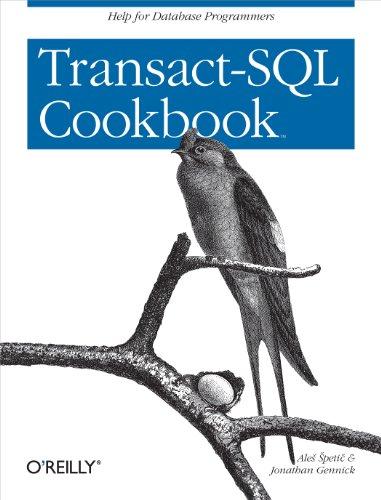Question
In this lab, youll be writing several functions that perform operations on Boolean matrices. Well use 2D lists (lists of lists) in Python to represent
In this lab, youll be writing several functions that perform operations on Boolean matrices. Well use 2D lists (lists of
| lists) in Python to represent matrices. For example, the matrix | |
| 0 0 ?? =[1 1 0 1 | 1 0] 0 |
would be represented in Python as:
M= [ [0, 0, 1], [1, 1, 0], [0, 1, 0] ]
1. (5 pts) Write a function matrix_print(A) that prints the elements of A in matrix format. You may assume that A is a 2D list containing only 0s and 1s. This function should only print (not return) the elements.
Example: Let
R = [ [0, 0, 0, 1], [0, 1, 1, 0], [0, 0, 0, 1], [0, 0, 1, 0] ]
Then calling matrix_print(R) should display
0 0 0 1 0 1 1 0 0 0 0 1 0 0 1 0
2. (6 pts) Write a function matrix_add_boolean(A, B) that adds the two matrices A and B using Boolean arithmetic and returns the result. You may assume that A and B are both 2D lists containing only 0s and 1s, and they are of compatible dimensions for addition.
Example: Let
A = [ [0, 1], [1, 0] ] B = [ [1, 0], [1, 0] ]
Then calling matrix_add_boolean(A, B) should return
[ [1, 1], [1, 0] ]
3. (8 pts) Write a function matrix_multiply_boolean(A, B) that multiplies the two matrices A and B using Boolean arithmetic and returns the result. You may assume that A and B are both 2D lists containing only 0s and 1s, and they are of compatible dimensions for multiplication.
Example: Let
A = [ [0, 1, 1], [1, 0, 1] ] B = [ [1, 0], [0, 0], [0, 1] ]
Then calling matrix_multiply_boolean(A, B) should return
[ [0, 1], [1, 1] ]
4. (5 pts) Write a function matrix_power(A, n) that computes the power An using Boolean arithmetic and returns the result. You may assume that A is a 2D list containing only 0s and 1s, A is square (same number of rows and columns), and n is an integer ? 1. You should call your previously written matrix_multiply_boolean function.
Example: Let
R = [ [0, 0, 0, 1], [0, 1, 1, 0], [0, 0, 0, 1], [0, 0, 1, 0] ]
Then calling matrix_power(R, 2) should return
[ [0, 0, 1, 0], [0, 1, 1, 1], [0, 0, 1, 0], [0, 0, 0, 1] ]
5. (5 pts) Write a function transitive_closure(A) that computes and returns the transitive closure A+. You may assume that A is a 2D list containing only 0s and 1s, and A is square (same number of rows and columns). You should call your previously written matrix_add_boolean and matrix_power functions.
Example: Let
R = [ [0, 0, 0, 1], [0, 1, 1, 0], [0, 0, 0, 1], [0, 0, 1, 0] ]
Then calling transitive_closure(R) should return
[ [0, 0, 1, 1], [0, 1, 1, 1], [0, 0, 1, 1], [0, 0, 1, 1] ]
Be sure to thoroughly test your functions after youve written them! You can use the matrix_print function to make your results easier to read.
Hints:
The identity matrix is the n ? n matrix consisting of 1s down the principal diagonal (where the row and column
numbers are the same) and 0s everywhere else. For example, the 3 ? 3 identity matrix is
1 0 0
[0 1 0]
0 0 1
Multiplying the identity matrix by any matrix A of the same dimensions results in A itself.
Given a 2D list A:
len(A) returns the number of rows in A
len(A[i]) returns the number of columns in row i of A
If A contains the same number of columns in every row (which we are assuming for this lab), len(A[0])returns the number of columns in A
To create a 2D list A with r rows and c columns, where every element is initialized to 0, you can use this syntax:
A = [ [0]*c for i in range(r) ]
Step by Step Solution
There are 3 Steps involved in it
Step: 1

Get Instant Access to Expert-Tailored Solutions
See step-by-step solutions with expert insights and AI powered tools for academic success
Step: 2

Step: 3

Ace Your Homework with AI
Get the answers you need in no time with our AI-driven, step-by-step assistance
Get Started


